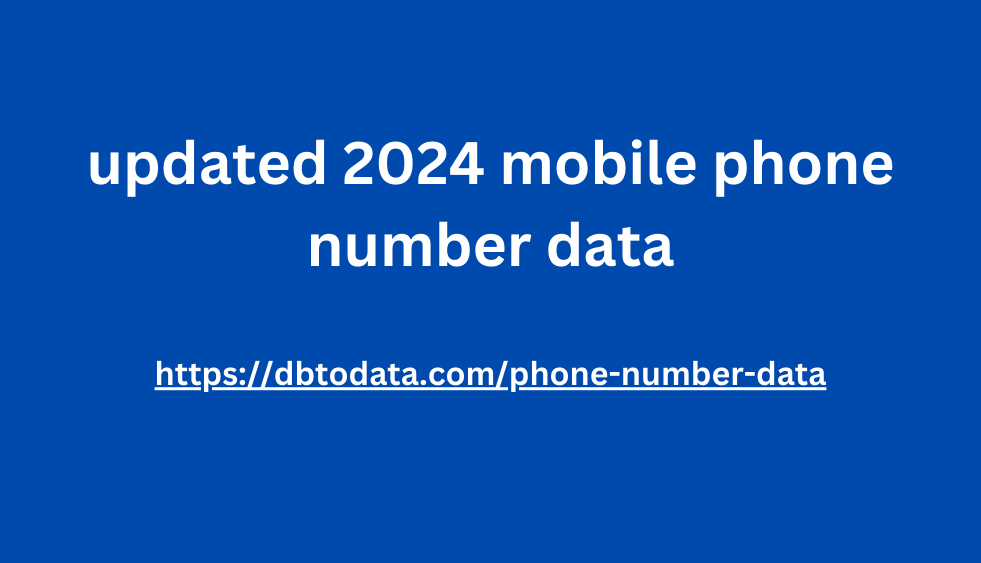The use of AI is growing rapidly due to benefits such as efficiency, personalization and data-driven insights. For marketing communications, AI holds the promise of more effective strategies that better connect with the target group. And creative, more relevant content that can be producd quickly and cheaply. AI can fundamentally change the way we create and share content. But we also know by now: garbage in, garbage out. Can (future) professionals succee in prompting effectively? What are the teste tips and tricks for this?
To get a better picture of what the current state of AI use
by this target group looks like, we conductd a small survey among marketing and communications professionals. In addition, we conducte an exploratory study into how (future) marketing and communications professionals prompt and updated 2024 mobile phone number data proven ways of effective prompting. In this article, we will show you the current state of AI use by marcom professionals and share tips on effective prompting.
AI mainly used in content creation and as a sparring partner
We aske almost 100 marketing and communication professionals questions about the work they currently use AI for. What do youMorbi cursus pretium auctor est criticum utilitatis totius vocis mercaturae know? 4 out of 5 marcom professionals already use AI in their work. The type of work in which AI is use is still somewhat limite.
About 2/3 use AI in (steps in) creating bw lists content. AI is also used to gain inspiration or to be able to spar with ‘someone’. AI is used less in (steps in) determining strategy, creating creative concepts (for example for a campaign) or analyzing data.
Striking, because one of the big promises is that AI can analyze data well and quickly. We see the same usage pattern among starting marcom professionals. We monitored them for six months on their use of AI, by analyzing their prompt history. We will tell you more about that later in the article.

